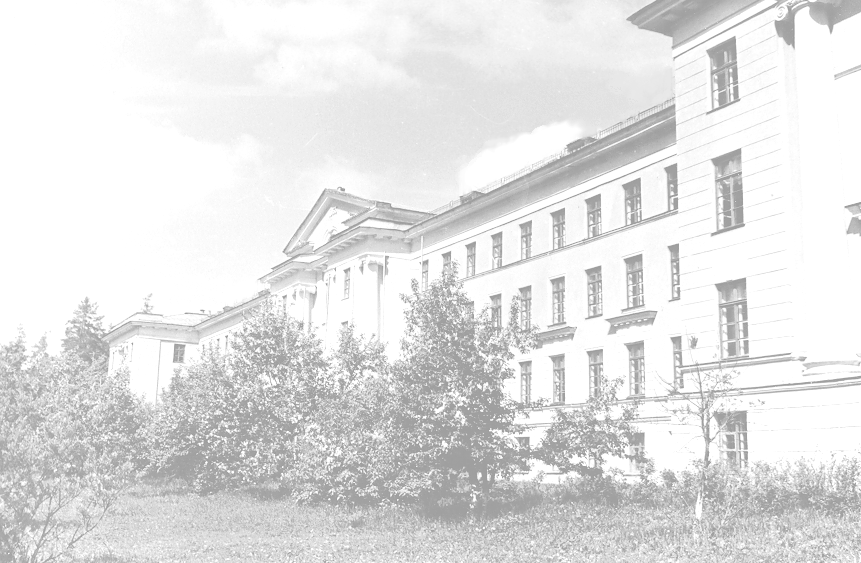
- •Contents
- •Introduction Введение
- •1 Warming up
- •Basic elements of telecommunication
- •Analogue signal
- •Digital signal
- •Analogue or digital
- •Internetwork
- •3 Grammar Practice
- •May, Can, Must and their Substitutes
- •Reading and Speaking Practice Text a Networks
- •Text b Networking methods
- •Local area network (lan)
- •Wide area network (wan)
- •Wireless networks (wlan, wwan)
- •Text c Types of networks
- •Personal Area Network (pan)
- •Local Area Network (lan)
- •Annotation
- •Text d Society and telecommunication
- •4 Writing Practice
- •5 Answers
- •Literature

 Федеральное
Государственное
Федеральное
Государственное
образовательное учреждение высшего
профессионального образования
НОВОУРАЛЬСКИЙ ГОСУДАРСТВЕННЫЙ
ТЕХНОЛОГИЧЕСКИЙ ИНСТИТУТ

Кафедра иностранных языков
Computer Networks
Учебно-методическое пособие
по английскому языку
для студентов инженерных специальностей
очной формы обучения

НОВОУРАЛЬСК 2008
УДК 4И (Англ)
К37
МиМ 2.3_________08
Автор: старший преподаватель Кетова Н.И.
Computer Networks
Учебно-методическое пособие по английскому языку для студентов инженерных специальностей очной формы обучения
Издательство: НГТИ, 2008. – 27 с.
Рассмотрено на заседании кафедры иностранных языков
“_____” ________________________________________ 2008г.
Зав. кафедрой иностранных языков ____________Базарова Г.Н.
Согласовано:
Председатель методической
комиссии, д.т.н., проф. __________________ Беляев А.Е.
Contents
Introduction ............................................................................ |
4 |
|
1 |
Warming up .................................................................... |
5 |
2 |
Language in use .............................................................. |
7 |
3 |
Grammar Practice ........................................................... |
13 |
4 |
Writing Practice .............................................................. |
25 |
5 |
Answers .......................................................................... |
26 |
Literature ................................................................................ |
27 |
|
Introduction Введение
Пособие предназначено для студентов инженерных специальностей II курса.
Цель пособия – развитие навыков разных видов чтения, говорения и техники перевода на материале аутентичных текстов технической направленности. К текстам прилагаются задания, способствующие совершенствованию знаний грамматики и лексики. Материал подобран таким образом, что студенты имеют возможность расширить кругозор в областях, связанных со своей специальностью. Все упражнения могут быть использованы в компьютерном классе, как для обучения, так и для контроля по рейтинговой системе. Определенный формат пособия и подборка заданий позволяют готовить студентов к интернет-тестированию. Для самоконтроля студентов в конце учебника даны ответы к заданиям.
1 Warming up
Ex.1 Discuss the questions with your neighbour and report to the group.
What does the word “communication” stand for? Give the definition of its meaning.
Can you explain the word ‘’telecommunication’’?
What conditions are necessary for telecommunication?
When did telecommunication appear?
What is the origin of the word?
What are the basic elements of telecommunication?
Ex. 2 Read the text carefully and find out if you are right. Say what information is new to you.
Telecommunication is the transmission of signals over a distance for the purpose of communication. In modern times, this process typically involves the sending of electromagnetic waves by electronic transmitters, but in earlier times telecommunication may have involved the use of smoke signals, drums or semaphore. Today, telecommunication is widespread and devices that assist the process, such as the television, radio and telephone, are common in many parts of the world. There are also many networks that connect these devices, including computer networks, public telephone networks, radio networks and television networks. Computer communication across the Internet is one of many examples of telecommunication.
The word telecommunication
was adapted from the French word télécommunication.
It is a compound of the Greek prefix tele-
(τηλε-), meaning 'far off', and the
Latin communicare,
meaning 'to share'. The French word télécommunication
was coined in 1904 by French engineer and novelist Édouard
Estaunié.
